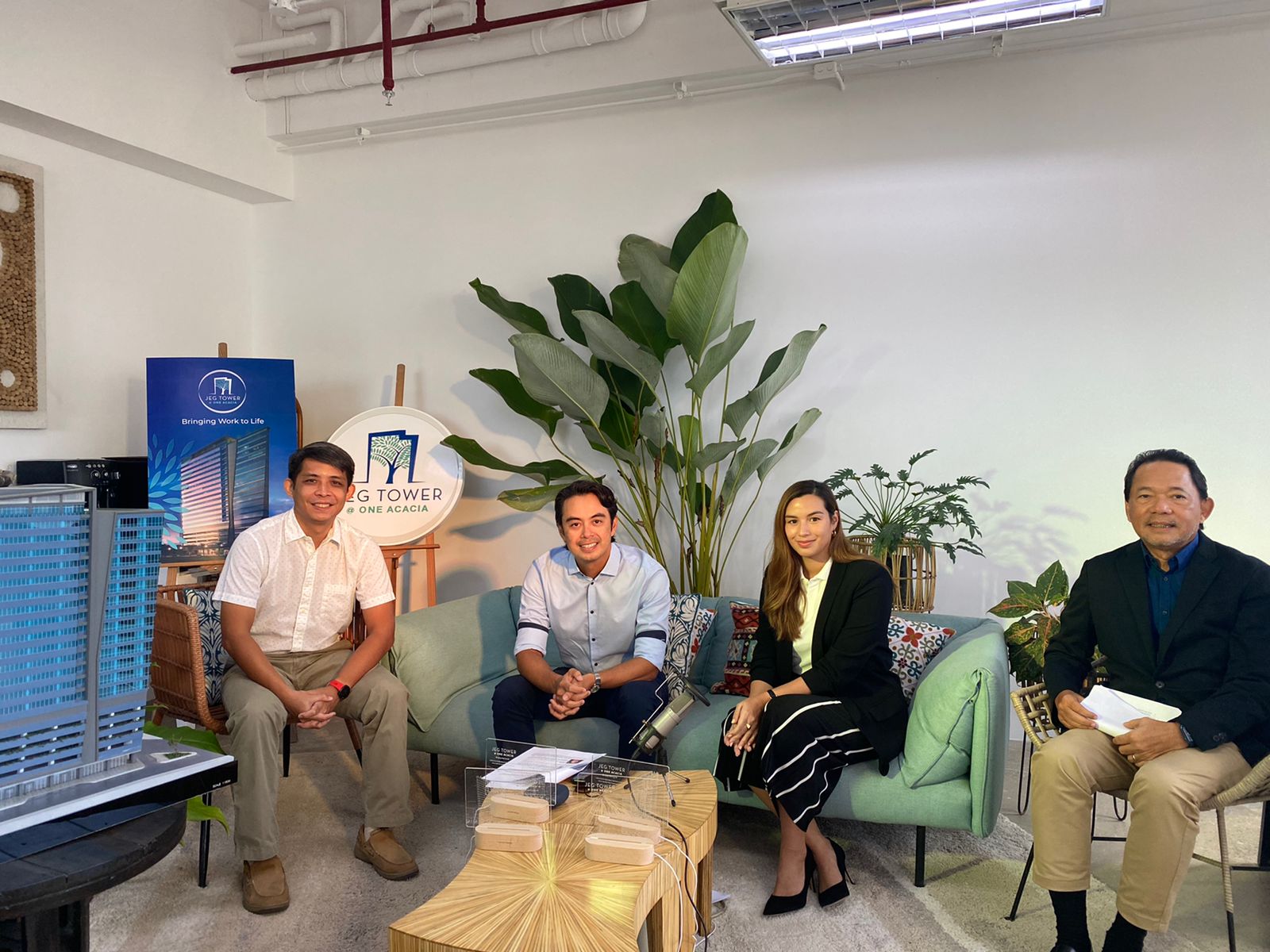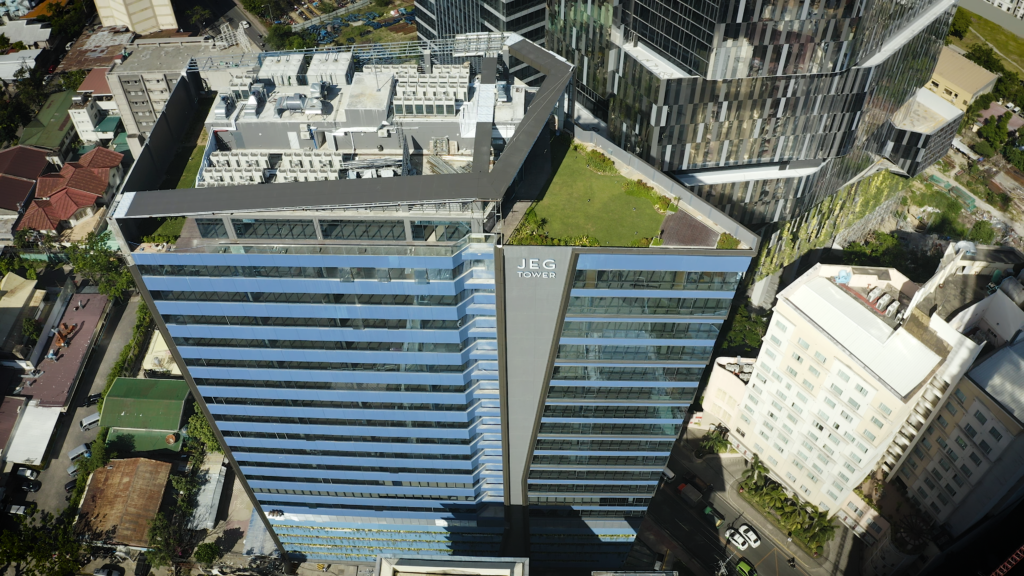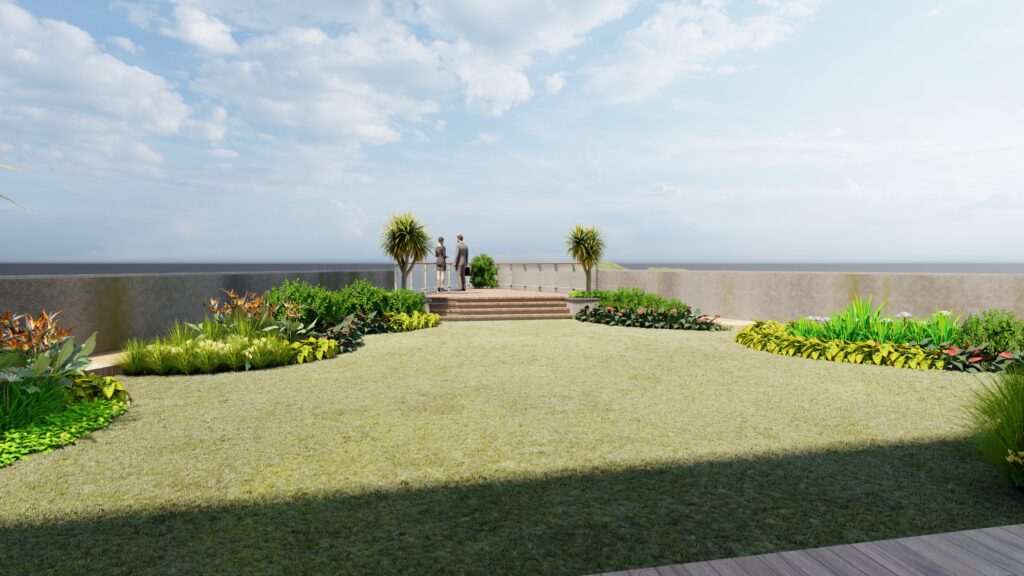Office and design trends change and adapt over time. However, one constant feature of a workplace is its impact on the health and well-being of employees. As people spend almost a third of their lifetime inside office spaces, people begin to realize and put greater value in choosing a space that puts their wellness on top.
Numerous research has successfully linked space to the health of its occupants. The American Psychological Association (APA) reported in a journal that a healthy workplace should include five components: work-life balance, health and safety, employee growth and development, employee recognition, and employee involvement.

From employee attraction to retention and productivity improvement, your office space impacts your business. Here are some ways your workplace affects your employees’ health:
Mental Health
A healthy workplace can help employees manage stress and relieve anxiety. According to commercial interior designers, certain aspects of the office can contribute to increasing motivation, boosting morale, and productivity. In an article, Gensler reported that biophilic and green features such as outdoor spaces and access to natural lighting can help reduce stress, anger, and anxiety. It can also lead to improved self-esteem and a better image of self in the long run.

Physical Well-being
Businesses can provide a healthy workplace by ensuring that the physical work environment is set to the highest industry standards and criteria. An ideal physical work environment ensures that the design and layout of the workplace is optimal for the comfort, productivity, and motivation of its employees.
Providing optimal indoor air quality is also a crucial task for workspaces, especially in the new normal. Aside from disease prevention, fresh and clean indoor air can also improve cognitive function and reduce anxiety to employees.
Office spaces that also encourage movement and exercise can also improve the physical health of their occupants.
LEED-certified Buildings for Holistic Health
Workplaces located inside a LEED-certified building are linked to improved productivity, increased output, and better work performance. The same study also found that the indoor air quality of their work environment contributes to its employees’ fulfillment at work and overall mood during office hours.
The US Green Building Council (USGBC) found that potential employees prefer working in an office located in a LEED-certified building, where their health and well-being are considered to be top priority. The same study found that workers based in a LEED-certified green building are found to be more satisfied with their job, and that 79 percent of the respondents agree that they would choose a job in a LEED-certified building over a non-LEED building.
Bound by its commitment to uplift People, Planet, and Profit, Leadership in Energy and Environmental Design (LEED) certified buildings are designed and built to promote the overall health and well-being of its occupants while leaving the least negative impacts to the environment.
LEED-certified buildings such as JEG Tower @ One Acacia have observed the highest set of standards to ensure the overall comfort and safety of its occupants. JEG Tower is designed and built to promote their physical and mental health.
As the highest-scoring LEED commercial development in Cebu City, this 22-storey tower ensures that the workplace design does not compromise the safety, security, and functionality of the space. Instead, it adds value to the often-overlooked aspect of design, which is to promote holistic wellness to its occupants.
Want to learn more about JEG Tower @ One Acacia? Contact Alexa Abella at (+63) 917-825-6884. For inquiries and more information, call us at (+63) 2-8403-5519 or send an email to info@kmcmaggroup.com.
























